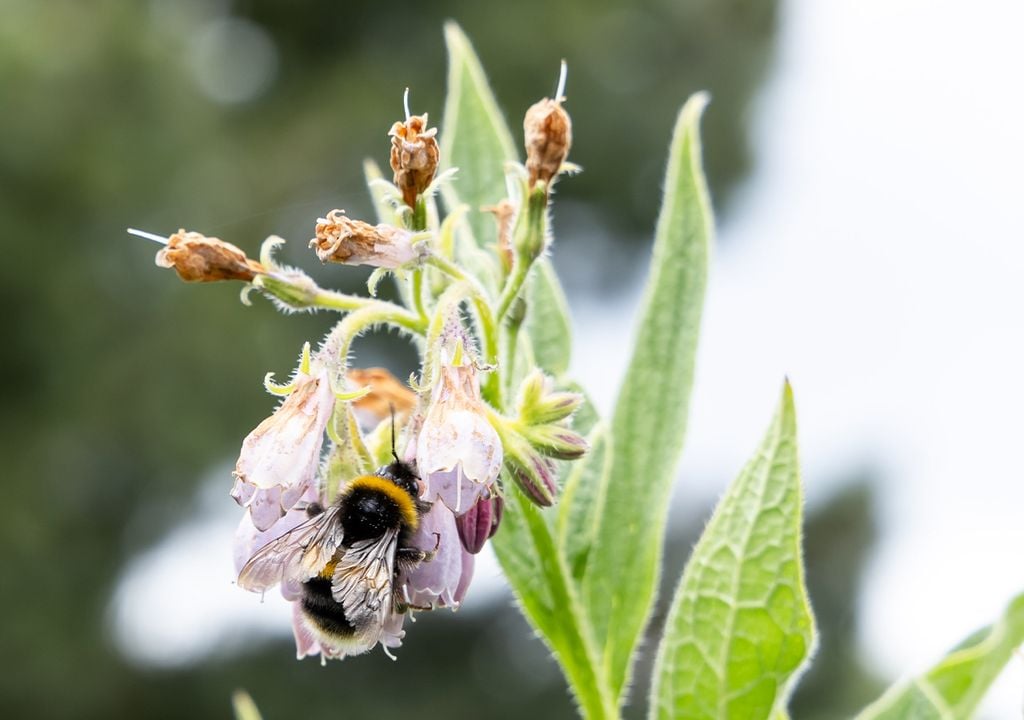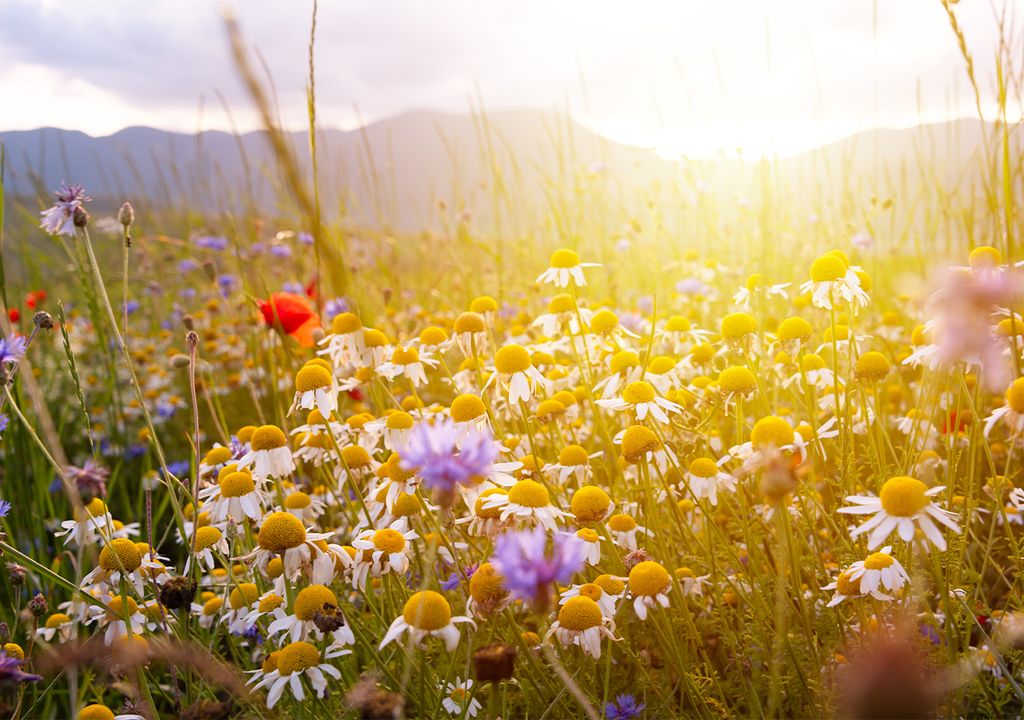The key to a healthy bee diet: What should we plant?
Anthropogenic activity has seriously impacted bee foraging behaviours. A new study has uncovered some of the best plants for bee health. Bees are pollinators, critical to biodiversity and food security. Understanding the best plants to support bee populations can have major impacts on agricultural and conservation strategies, and could also influence the type of plants people choose to grow in their own gardens.
The role of bees as pollinators
During pollination, bees visit plants to access nectar and pollen. The nectar provides a critical source of carbohydrates, fats and energy for the bees, and is also taken back to the hives to make honey. The plant pollen is a vital source of protein, as well as other nutrients, and is also taken back to the hive to make ‘bee bread’ for young bees and larvae to feed on.

As bees land on plants, they pick up pollen on their legs and body, which is then carried and transferred to other plants. Increased pollination increases the chance of fertilisation, resulting in the plant producing fruits, containing seeds for future plant generations. This is vital for biodiversity, ecosystem health, and agriculture. It’s thought that between 5-15% of crops in UK agriculture are dependent exclusively on bee pollination.
Globally, bees and other pollinators are thought to be responsible for pollinating £690m of crops annually. This process would cost almost £2bn to replicate with human pollination!
Threats to bee populations
Bee populations have been in decline for many years due to a combination of habitat loss, climate change, and the use of insecticides. Several initiatives have been launched to mitigate the impact of these threats and help to support bee populations. Some of these include habitat restoration projects, pesticide regulation on both public and private land, as well as research efforts to better understand threats facing bees, and inform conservation strategies.
Many supermarkets and garden centres sell ‘bee friendly’ seed packets to encourage people to grow plants to support bees in gardens and green spaces. There is also growing evidence illustrating the importance of having year-round supplies of nectar for bees to access, including during the winter months. A recent study has also investigated the most nutritionally beneficial plants to support bee diet and health.
The key to a bee friendly diet
A team from the University of York discovered key fatty acids, such as omega-3 and omega-6, as well as certain amino acids, are essential for bee health and longevity. These vital nutrients were found to support bee immune systems, resilience to environmental stressors, and cognitive health. Daisies were found to be particularly important, containing high levels of crucial amino acids.

This does not mean we should all plant monoculture daisy fields. As Dr Sandra Rehan explains, diversity is key: “There is a potential trade-off between fatty acid and amino acid content within pollen, suggesting that a diverse floral diet may benefit bees more than a single pollen source. No one plant species is optimal for generalist wild bee health.”
More research is crucial into both the dietary needs of bees, and the nutritional content of a wider range of plants. This will help inform conservation strategies, and agricultural methods, to support biodiversity, protect food security, and aid ecosystem health.